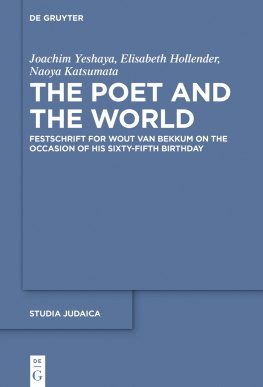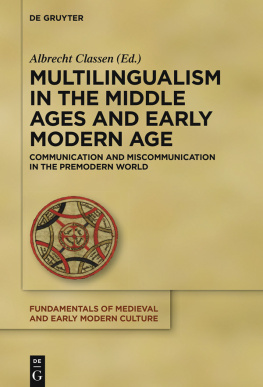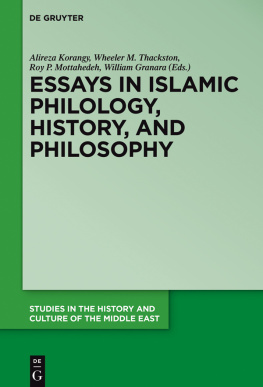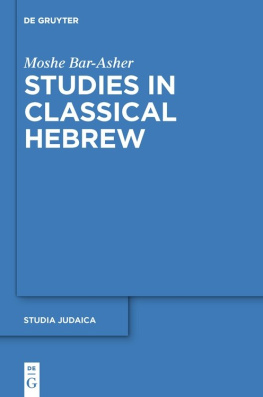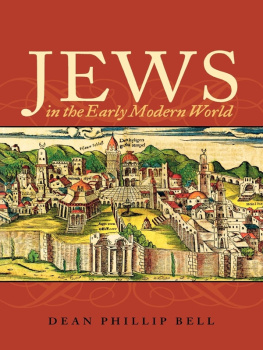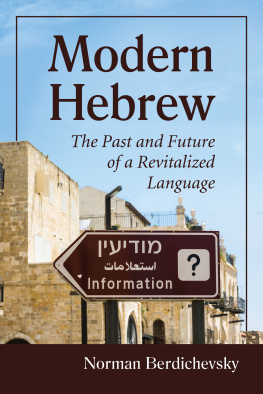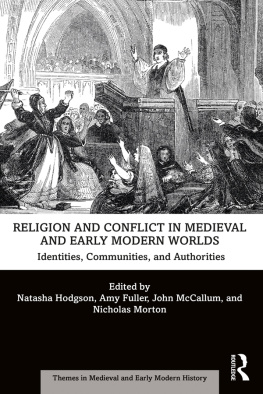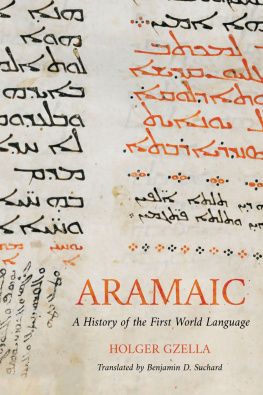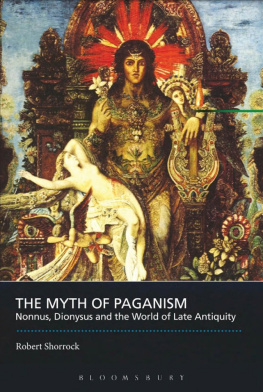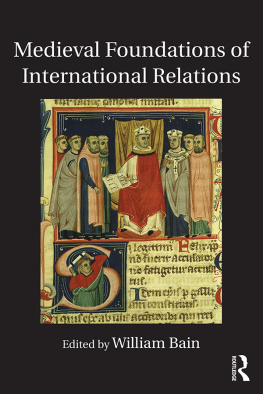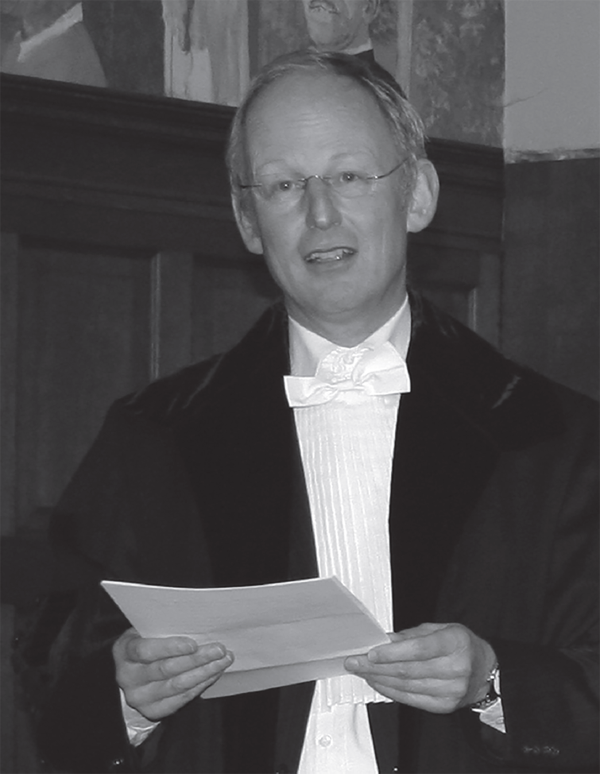Contents
Guide

Studia Judaica

Forschungen zur Wissenschaft des Judentums
Begrndet von
Ernst Ludwig Ehrlich
Herausgegeben von
Gnter Stemberger, Charlotte Fonrobert,
Elisabeth Hollender, Alexander Samely
und Irene Zwiep
Band 107
The Poet and the World
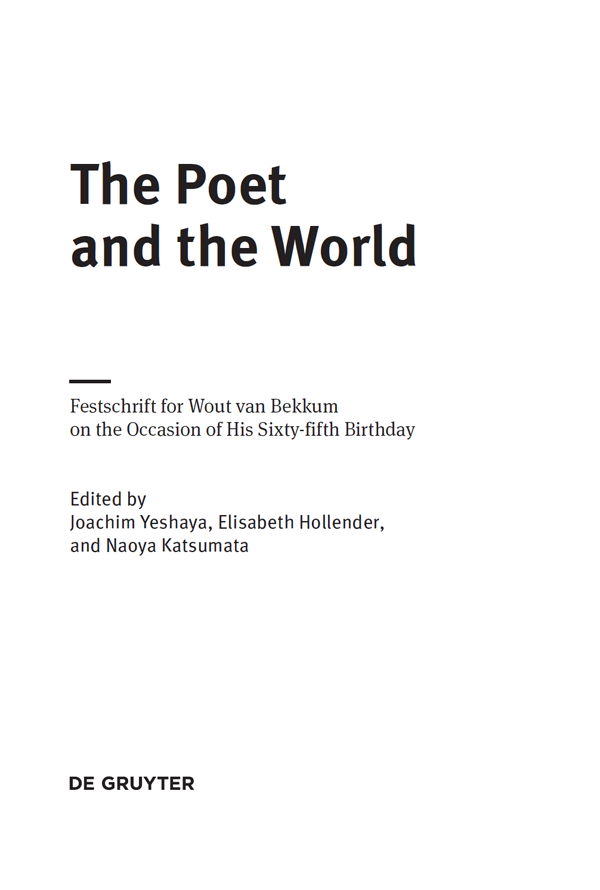
ISBN 978-3-11-060075-9
e-ISBN (PDF) 978-3-11-059923-7
e-ISBN (EPUB) 978-3-11-059442-3
ISSN 0585-5306
Library of Congress Control Number: 2019936566
Bibliografic information published by the Deutsche Nationalbibliothek
The Deutsche Nationalbibliothek lists this publication in the Deutsche Nationalbibliografie; detailed bibliografic data are available on the Internet at http://dnb.dnb.de.
2019 Walter de Gruyter GmbH, Berlin/Boston
www.degruyter.com
Joachim Yeshaya, Elisabeth Hollender and Naoya Katsumata
Introduction (including Biography of Wout van Bekkum)
The Poet and the World , a collection of essays on pre-modern Hebrew poetry, was compiled in honor of the esteemed Wout van Bekkum, on the occasion of his 65 th birthday. The title, and the collection of essays within, reflects Van Bekkums fascination with Hebrew poetry, and particularly the Hebrew poets and the worlds in which they lived and which gave them context and inspiration. This is also the title of Polish poet Wisawa Szymborskas Nobel Lecture, delivered in 1996 on the occasion of her winning the Nobel Prize for Literature. Wisawa Szymborska who never finished her studies at Jagiellonian University and never associated with any poetical school created for herself a distinctive voice that was expressed through a poetic language in which every word is weighed, nothing is usual or normal. Not a single stone and not a single cloud above it. Not a single day and not a single night after it. And above all, not a single existence, not anyones existence in this world. Her insights into the world of the modern poet parallels what Wout van Bekkum, the modern scholar par excellence , exemplifies in his approach to pre-modern Hebrew poetry.
Like poets, scholars too are influenced by the world in which they live and the circumstances of their lives. Wouter Jacques (Wout) van Bekkum was born in Winschoten, a small town to the east of Groningen in the northern part of the Netherlands, on May 21, 1954.
Eventually, Henny came to terms with her Jewish past, becoming, in 1990, co-founder and secretary of the Vereniging van Vrienden der Synagoge Bourtange (Society of Friends of the Bourtange Synagogue),
In addition to his academic work, Van Bekkum was also very active in the Jewish community of Groningen, where he was secretary of the Folkingestraat synagogue, of which he has said: Het gebouw ziet eruit als een moskee, is gebouwd als een kerk en wordt gebruikt als een synagoge (The building has the appearance of a mosque, is built like a church and is used as a synagogue). His interest in local Jewish history and, by extension, Dutch Jewry in general, resulted in numerous publications on the topic, mostly in his native Dutch.
While studying at Groningen, Van Bekkum also traveled to Amsterdam to pursue his interest in traditional Jewish studies, where the rabbis at the kollel were impressed and surprised by his excellent command of Hebrew. In 1996 he became a part-time professor at the University of Amsterdam, having been awarded an endowed chair in Modern Jewish history there. It was a position he was to hold until his appointment at the University of Groningen in 2001. Amsterdam is also home to the Koninklijke Nederlandse Akademie van Wetenschappen (The Royal Netherlands Academy of Arts and Sciences), a prestigious organization to which Van Bekkum was elected a member in 2003.
Van Bekkum spent a term in 2004 teaching and researching in Cambridge as a fellow of Wolfson College, where he made use of the important Geniza collection housed there to significantly develop and expand his work with this material. Wout van Bekkum has always had a strong European presence, and is a long-time member and former treasurer of the European Association for Jewish Studies (EAJS).
Van Bekkums interests extend beyond Europe to much of the world. In fact, he seems not at all terrified by its vastnessto quote again from Szymborskas Nobel Lecture.
Van Bekkums academic interests range far and wide: from medieval Hebrew poetry and poetics to Hebrew and Judeo-Arabic linguistics; from the literature of Qumran, Karaism, or Sabbateanism to modern trends and movements in Judaism; from the history of the Jews in medieval Andalusia and the Middle East to that of the Jews of modern Europe, particularly Groningen. Listing all the topics on which he has written requires more space than we have room for here, and Islamic poetry in Late Antiquity and the Middle Ages, while also never losing sight of the linguistic features or the historical and cultural ramifications of poetic texts or of the intimate relationship between poetic style and the world of the poet; on the connection between the lives and social setting of cultural producers on the one hand and their art on the other.
It is this latter aspect, of the poet in the context of his or her religious and cultural world, that is the focus of the majority of the articles in the present volume. This challenging area of research encompasses a multitude of questions and approaches regarding the relationship and interaction between the poet and the world. The articles in this collection all seek to examine how the religious, cultural, and social context in which the poet functioned impacted on and is visible, either explicitly or more elliptically, in their poetical oeuvre. For our current purposes we propose a broad understanding of world, as including both the natural world and the constructed one (society, culture, language) as well as the spiritual and emotional world. History, yet another pillar of the man-made constructed world, has been used to determine our boundaries: from Late Antiquity to the Middle Ages, andin instances where the topic connects to older traditionsto Early Modern Judaism, i.e. pre-modern Hebrew (and Aramaic) poetry.
Contributions have been grouped according to the aspect of world they address. The focus of the first part of this volume, entitled The Poet and the Poem Moving in the World, revolves around geography, with a special interest in mobility and appreciation of the physical and cultural environment. Joseph Yahalom and Naoya Katsumatas article Ibn Abitur between Fus and Crdoba: Two Jewish Cultural Centers at the Turn of the Eleventh Century analyzes the biography of Joseph Ibn Abitur (ca. 940after 1024) and the way in which his life, with its geographical setting poised between West and East, is reflected in his oeuvre. Paying particular attention to matters of time (chronology) and space (geography), they explore the considerable impact of his work on his contemporaries (particularly Isaac Ibn Mar Saul) within the context of Hebrew literary activity in Spain and Egypt. Michael Rands From West to East: The Poems of Samuel ha-Nagid in the Cairo Geniza addresses similar issues relating to the slightly later figure of Samuel ha-Nagid (9931056). Unlike Ibn Abitur, Ha-Nagid lived his whole life in Spain but did maintain an active correspondence with the Fus community, where copies of his poems are to be found. Rand, while providing insight into Samuel ha-Nagid life and work, and his attitude towards the world, also shows how this Fus connection defined modern scholarship on the poet. In Israel Najara: A Beloved and Popular Poet, Tova Beeri outlines the major trajectories that Najaras (ca. 1550ca. 1628) poems have taken from his time to ours. Beeri stresses the extraordinary popularityalready in his own lifetime of this Ottoman poet, who saw three, possibly four, editions of his poems go into print during the sixteenth century. Najaras substantial poetic output epitomizes a literary tradition that crosses many boundaries, as is illustrated by his use of foreign (mainly Turkish) melodies for Hebrew texts and his long-lasting popularity in both Sefardic and Ashkenazic communities. In the final contribution to this section, Scenery of the Land of Israel or Scenes from the House of Study: Descriptions of the Land of Israel in Early Liturgical Poetry, Shulamit Elizur considers the various approaches to the material world in depictions of the Land of Israel by classical payanim and by modern poets. She concludes that the descriptions of the classical payanim were not based on direct observation, while those of the modern poets were. Products of the study houses, the payanim drew their inspiration for their depictions of the natural world and the flora and fauna of the Land of Israel not from reality but from the biblical and rabbinic sources in front of them.

